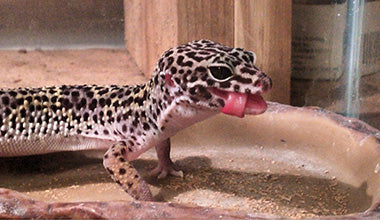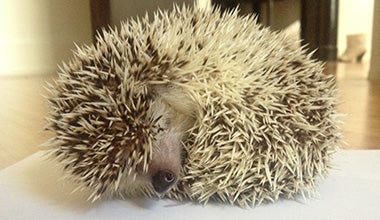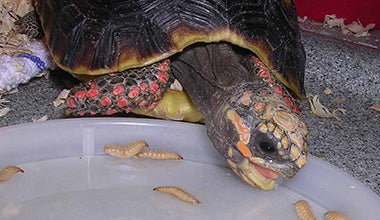Why are they called Phoenix Worms?
Since our production facilities are located in South Georgia which is a long way from Arizona, folks often wonder why these worms are called Phoenix Worms. We've never discussed this publicly but there is a story and here it is for those interested.
After four years of development, sourcing materials, and conducting feeding trials where we obtained feedback from animal breeders across the country, we were getting close to launching our insect as a new pet food. But before we could do that, disaster struck. Dr. Sheppard was riding his bicycle on a paved rural road one Sunday morning. There was very little traffic but he was hit full-force by a speeding car which resulted in his pelvis being broken in five places. He was hospitalized for more than a month and nearly died. While in the hospital, he made a promise to God that if he survived, he would do all that he could to push forward his life's work with Hermetia illucens. Although there is still much to accomplish to end world pollution and energy problems, Dr. Sheppard's work is being advanced now more quickly than ever before.
Back home, Dr. Sheppard learned to walk again and resumed working to make this insect available as a pet food for herps. During his year of recovery, many names were considered and rejected. The name "Phoenix Worm" was the result of many ideas coming together:
We wanted a name that would resonate with all people--the legend of the Phoenix is found in every culture.
We wanted something descriptive--the mythical Phoenix "came back," reborn and rising from the ashes as a tiny worm after appearing to die--our insect will "revive" from extreme conditions when it appears dead.
We wanted to have an appealing, striking, and memorable logo to trademark this new feeder--people tell us that the logo is cool. Mission accomplished!
And the name Phoenix seemed uniquely appropriate since Dr. Sheppard also "came back" from near death.
So, that's the story. Phoenix Worms are now accepted as a feeder that "has always been here" to a new generation of herp enthusiasts who have grown into the hobby since our worms were first introduced in 2005. Thank you to all who have embraced this new feeder and affirmed our efforts to make this happen.




